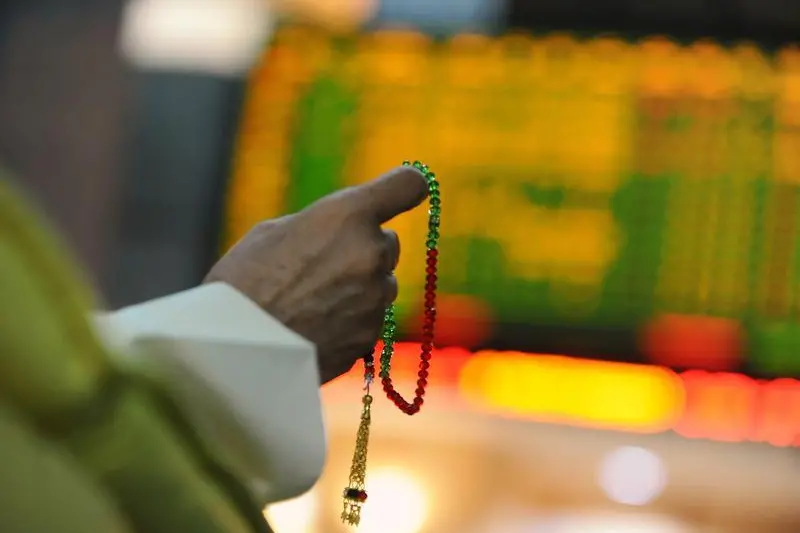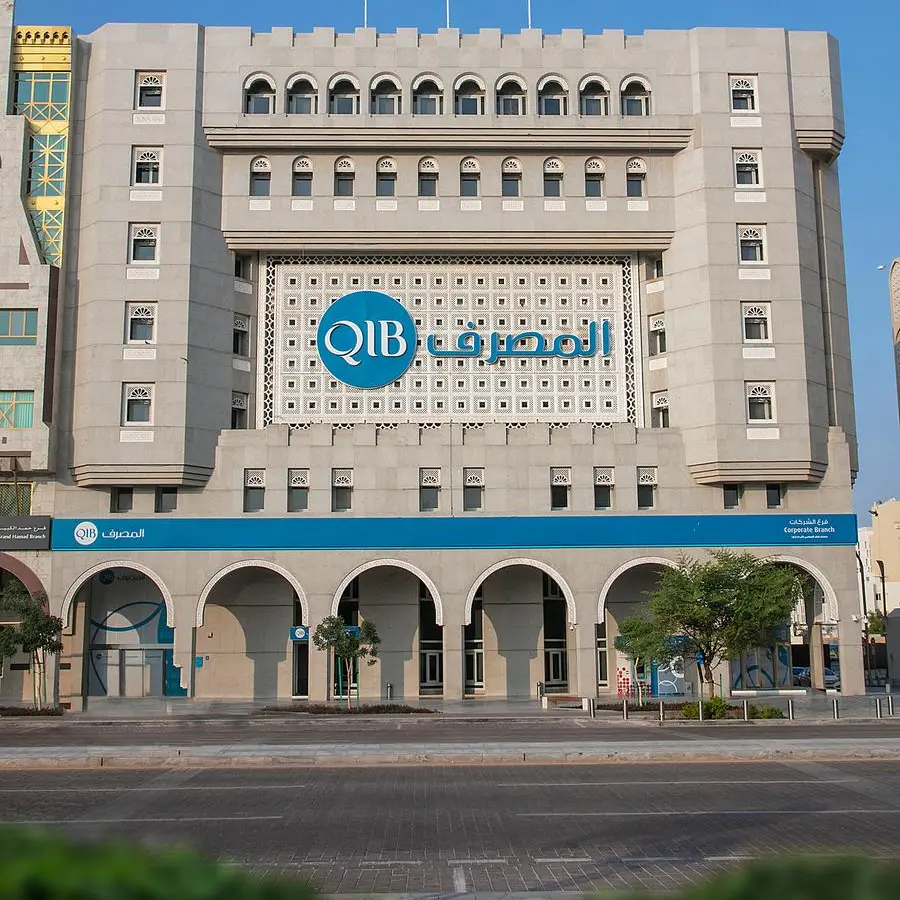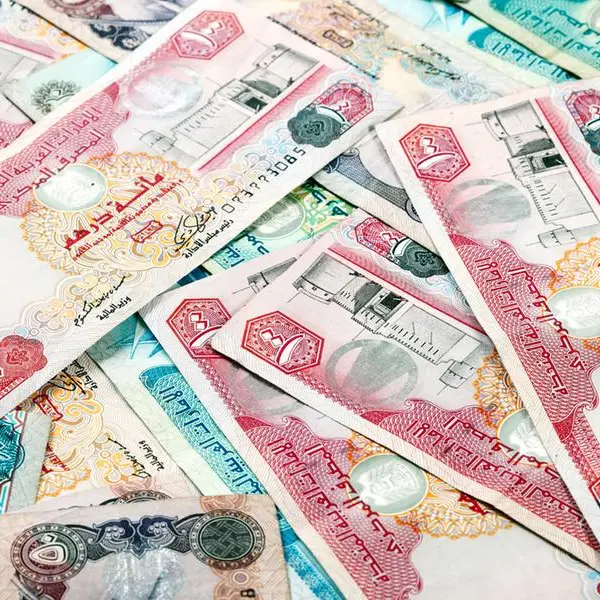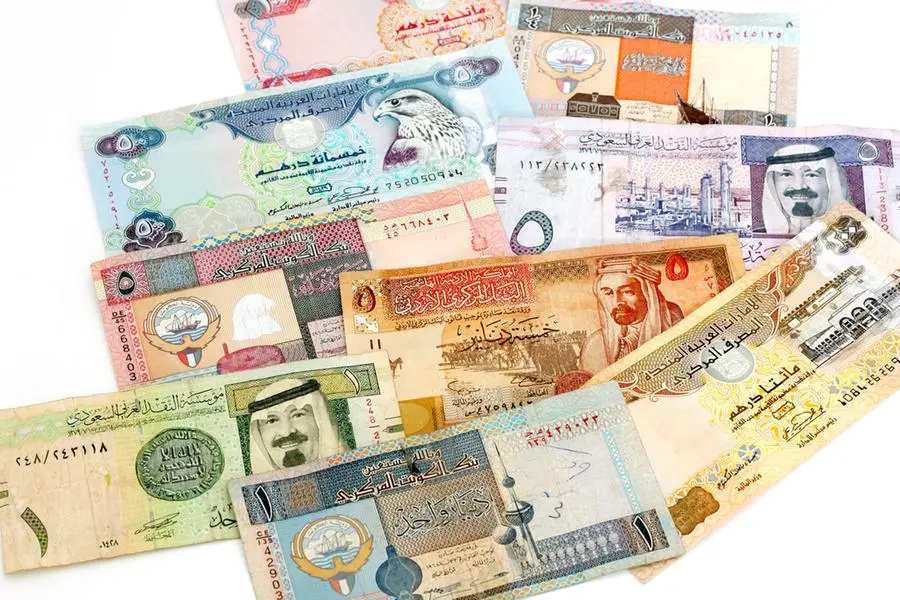PHOTO
Image used for illustrative purpose. An investor holds the tasbeeh as he monitors electronic boards displaying stock information
By Mohammad Shoeb / The Peninsula
The global sukuk market is expected to remain fairly quiet in 2017, with total issuance reaching around $60bn -$65bn. The relatively subdued sukuk market anticipated for this year is mainly due to reasons related to complexity of sukuk issuance, noted a latest report released by a leading international credit ratings agency, ratings agency S&P noted in its latest report released yesterday.
Last year (2016), global sukuk issuance fell short of market expectations, although it was higher than in 2015. S&P beleives the sukuk market will remain subdued in 2017, since the issuance process is still quite complex. When oil prices started falling in 2014, several market observers predicted an issuance boom from 2015, arguing that governments in oil-exporting countries would tap the sukuk market to maintain their spending levels. However, as we anticipated, this didn’t happen. Issuance of sukuk increased only marginally in 2016 compared with 2015, and was even much lower than that of conventional bonds in some core Islamic finance markets.
“The sukuk market did not play a countercyclical role in core Islamic finance markets in 2016, and we forecast a stabilisation of total issuance in 2017 at around $60bn -$65bn,” said S&P Global Ratings’ Global Head of Islamic Finance, Dr Mohamed Damak (pictured).. “We believe the complexity of sukuk issuance will continue to weigh on issuance volumes, unless counterbalanced by tangible results on standardisation or the establishment of large issuance programmes. Returning issuers, new entrants, and regulatory developments can stimulate activity, but more likely in the medium term.”
The S&P does not foresee a substantial increase in sukuk issuance in the GCC this year; rather, it anticipates some member countries might take the Islamic finance route alongside a conventional one. Bahrain will most likely remain a prominent player after issuing $3.2bn of sukuk in 2016. Other GCC members will probably tap the market in 2017.
“We think the GCC will need around $275bn of financing in 2017-2019 and assume that, on average, around 50 percent of this amount will stem from conventional/sukuk issuance. Some market stakeholders attribute the region's low sukuk issuance last year to governments' strategy to ease liquidity pressure in local banking systems", the report ntoed.
The buyers of sukuk are not only in the GCC or Malaysia, but come from a broad range of investors, including conventional financiers in developed markets. More importantly, there is reportedly a large gap between sukuk issuance and demand.
Among the other issuers that S&P believes might return to the market are Asian and African countries. It also anticipate that Malaysia and Indonesia will continue playing a significant role after issuing $28.4bn and $7.3bn of sukuk, respectively, in 2016.
© The Peninsula 2017























